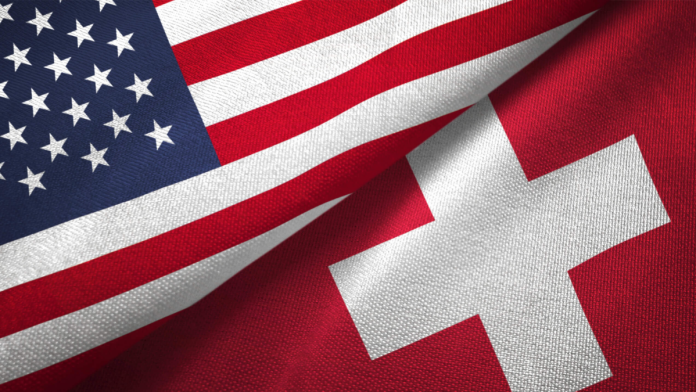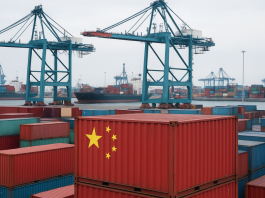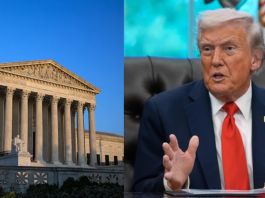Switzerland is close to securing a new trade deal with the United States that could cut U.S. import tariffs on Swiss goods from nearly 39% to around 15%. Talks between the two sides have reportedly reached an advanced stage, with both countries working out the final details. Although there has been no official confirmation yet, officials familiar with the matter suggest that an agreement could be announced soon.
The move marks a major step forward for Switzerland, which has faced one of the highest tariff rates imposed on a developed economy this year. The 39% duty, introduced earlier in 2025, affected a wide range of Swiss exports — from luxury watches and precision machinery to high-end chocolates.
Why the Tariff Cut Matters
The reduction to 15% would align Switzerland’s tariff rate with that of several European Union countries, which currently face lower duties when exporting to the U.S. Such a change would make Swiss products more competitive in the American market.
Switzerland’s export-driven economy relies heavily on fair access to international markets. The U.S. is one of its top trading partners, accounting for billions in annual trade. When the 39% tariff was introduced, many Swiss companies warned that it could significantly hurt production, jobs, and revenue. Several manufacturers and trade associations raised concerns that maintaining business ties with the U.S. at such high costs would become unsustainable.
The proposed cut to 15% would therefore not only bring relief to exporters but also stabilize bilateral trade that had been under strain for months.
The State of Negotiations
According to reports, discussions between the two governments have been ongoing for several months. While earlier talks were said to be slow, they have recently gathered pace, leading to growing optimism about a resolution. Switzerland’s trade officials have reportedly been in contact with their U.S. counterparts to finalize the framework that would define which goods fall under the new tariff structure.
The 39% rate was initially introduced after Washington reviewed its trade policies toward countries with large surpluses in goods trade. Switzerland, which exports far more to the U.S. than it imports, was affected by these measures.
While sources indicate that both sides have agreed in principle to the 15% figure, the details — such as which industries benefit first or what timelines apply — remain under discussion. Both governments have refrained from making public statements, with Switzerland’s finance and economy departments declining to confirm or deny ongoing talks.
SCOTUS delivers tense rebuke over Trump’s emergency tariff powers
What It Means for Trade
If finalized, the deal would be a major victory for Switzerland’s export sector. A 15% tariff rate would make it easier for Swiss manufacturers to sell to the U.S. market, potentially improving trade volumes and securing jobs at home. It would also signal a partial reversal of the strict trade policies that had made it difficult for several countries to access U.S. markets in recent months.
For American consumers, the agreement could mean lower prices for Swiss goods, particularly in luxury and specialized categories. The move could also benefit importers and retailers in the U.S. who rely on Swiss products to meet consumer demand.
Although the agreement is still awaiting formal approval, reports suggest that both sides are motivated to reach a conclusion soon. Swiss exporters have already begun planning for adjustments in pricing and logistics should the new tariff take effect. Industry groups have welcomed the development as a sign of renewed trade cooperation between the two economies.
The 15% rate would not eliminate all barriers, but it would bring Switzerland’s trade position much closer to that of the European Union. For an economy that depends on exports, this improvement could make a noticeable difference in revenue and market share.




